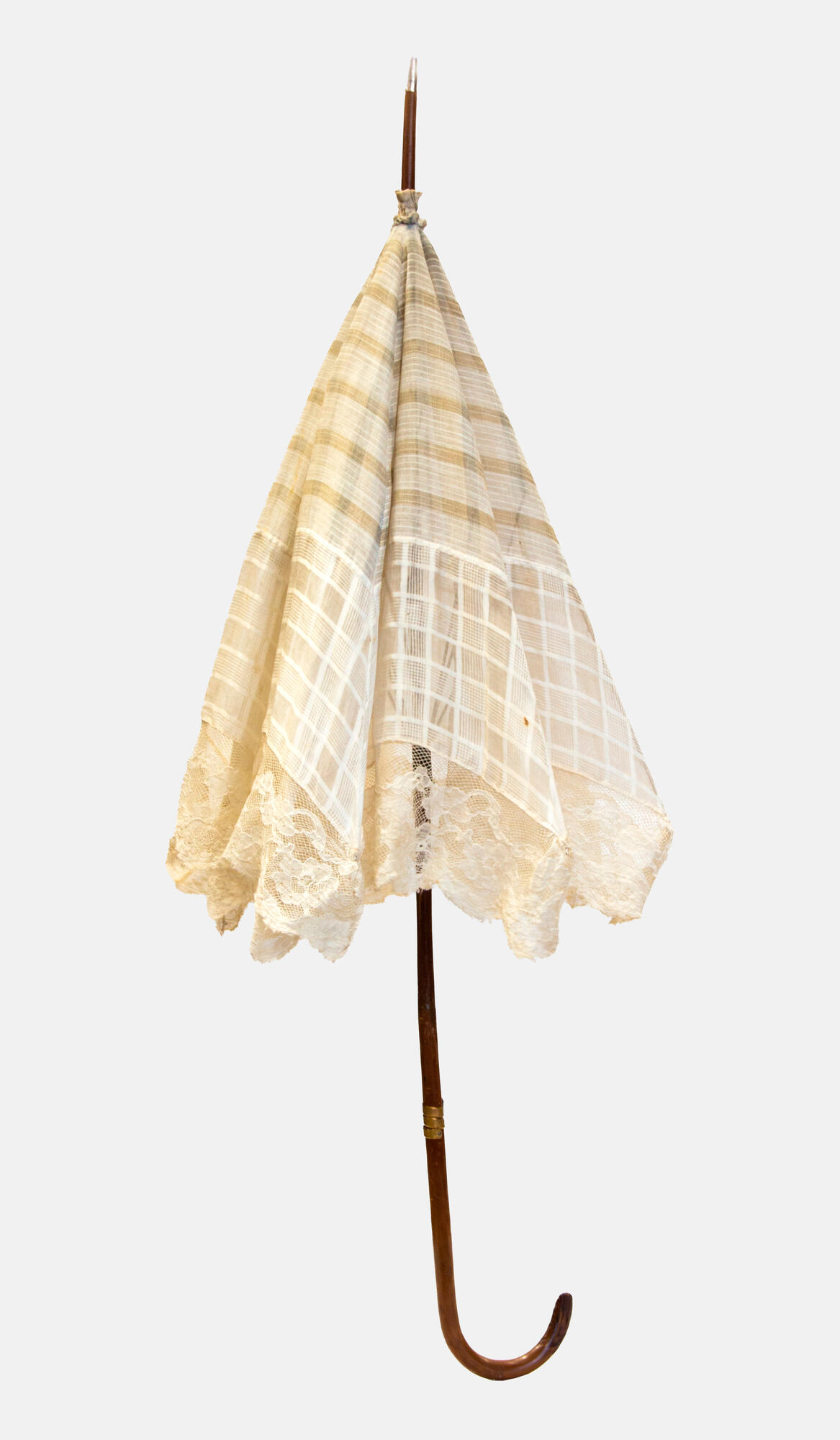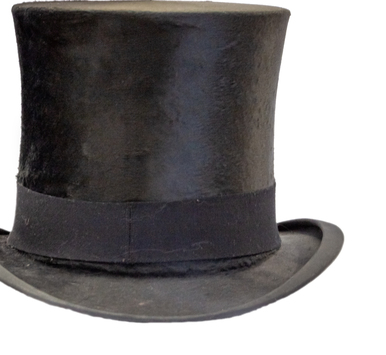Umbrellas appeared in the 10th–11th centuries in Egypt and China as a device that provides shelter from the sun. In these countries, it was a symbol of power and an attribute of luxury. Umbrellas were held over emperors and pharaohs by specially assigned people. Umbrellas were made of thick paper, bamboo was used for shaft and ribs, feathers and palm leaves were used in the frame and decor, while umbrellas were up to one and a half meters in size and weighed about two kilograms. The fashion for sun umbrellas reached Europe in the 17th century. The first umbrella belonged to the Queen of France Marie Antoinette. Initially, it was a purely feminine accessory and was used exclusively for sun protection, which is reflected in its French name “parasol”, which literally translates to “for the sun”. According to the European standards of beauty, having a tan at that time was considered to be in poor taste.
European parasols were very elegant — decorated with lace, ribbons, fringes and feathers. The handles were made of bone, precious wood, decorated with semi-precious stones. Gradually, umbrellas became more and more widespread, but remained an expensive fashion accessory. Not everybody could afford to buy one — only rent.
In mid-18th-century England, merchant Jonas Hanway first came up with the idea of using an umbrella as protection from rain and introduced it to the masses. The division of umbrellas into rain umbrellas and sun umbrellas is reflected in European languages. For example, in English, a parasol is an umbrella that provides shade from the sun; and an umbrella protects from rain. In the middle of the 19th century, the English mechanic Samuel Fox patented an umbrella with a steel frame and ribs, with a crook handle and water-repellent fabric for the dome. This kind of umbrella became popular and can be seen to this day.
Umbrellas appeared in Russia only in the 18th century. The Russian word for umbrella — “zontik” — comes from the Dutch word “zonedek”, which means “protection from the sun”. This word was later shortened to “zont”.
The exhibition presents a parasol, made at the turn of the 20th century. The dome of the umbrella is made of white translucent fabric, decorated with a strip of lace along the edge. The umbrella has a metal folding frame with a wooden crook handle, bent at the end in the form of a hook for ease of carry.


